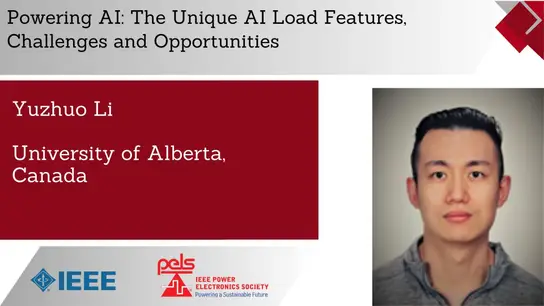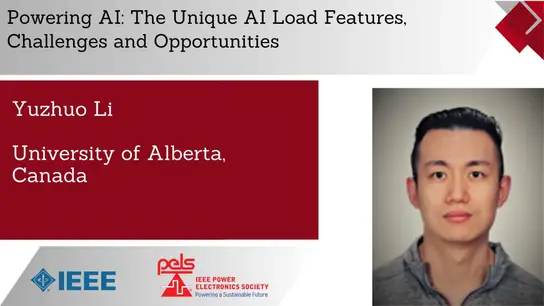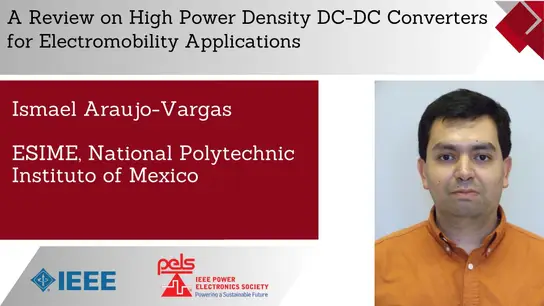Safeguarding Next-Generation Power Electronics Systems: A Cyber-Physical Security Perspective-Slides
Jin Ye
-
Members: FreePELS
IEEE Members: $8.00
Non-members: $12.00Pages/Slides: 48
Abstract: The proliferation of the Internet of Things (IoT) across diverse sectors, including intelligent manufacturing systems, smart grids, and connected electric vehicles, has exposed power electronics and electric drive systems to an escalating array of cyber threats. These threats, ranging from data integrity attacks (DIA) to disruptive denial of service (DOS) attacks, present pressing challenges. In response, the IEEE Power Electronics Society (PELS) initiated a cyber-physical security initiative in 2019, culminating in the establishment of PELS Technical Committee on Design Methodologies (TC 10) in 2021. This presentation delves into the dynamic field of cyber-physical security of power electronics and electric drive systems. It introduces the unique security challenges and outlines research solutions geared towards securing next-generation power electronics systems. The presentation covers model-based and data-driven approaches designed to detect and mitigate threats within power electronics and electric drive systems, spotlighting several innovative technologies developed within the presenter's research laboratory. Notable examples include a robust model-based cyber-attack diagnosis for spoofed sensor data in grid-connected inverters employing adaptive cumulative sum (CUSUM) charts, and a physics-data-based detection for Photovoltaic (PV) farms using power-electronics-enabled harmonic state space models. The presentation also unveils a data-driven cyber-attack diagnosis for power-electronic-based smart grids leveraging physics-guided time-frequency features and cyber-attack detection techniques tailored for electric vehicles through physics-guided machine learning. The talk will end with showcasing our state-of-the-art, scalable cyber-physical security testbeds meticulously designed for networked power electronics and electric drives. These testbeds offer a crucial platform for multidisciplinary collaborations in this emerging field.


